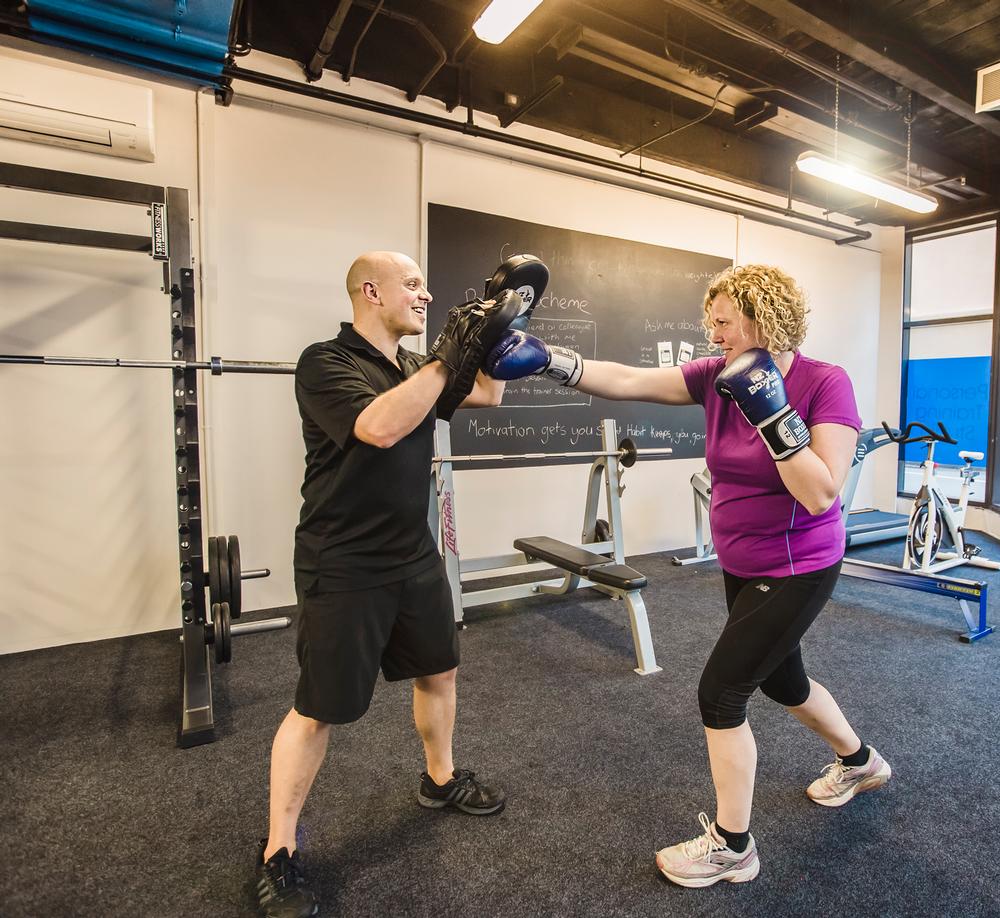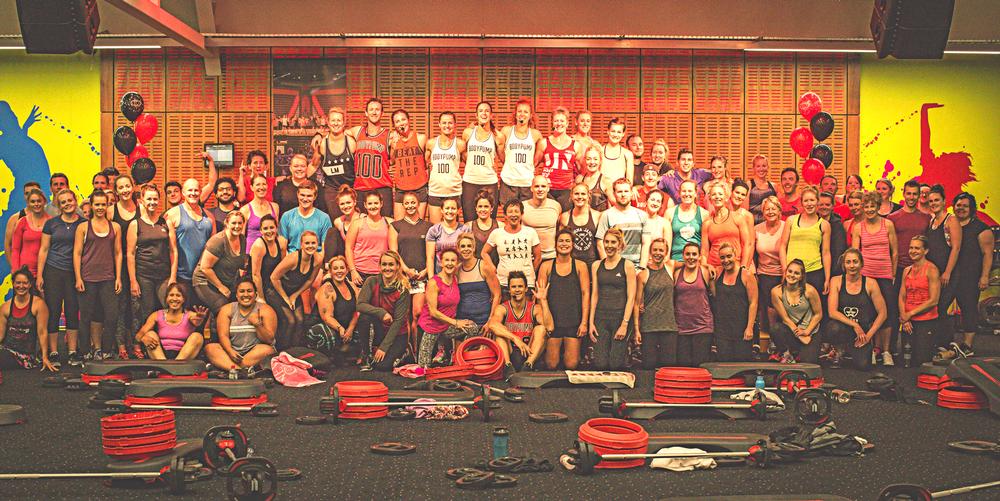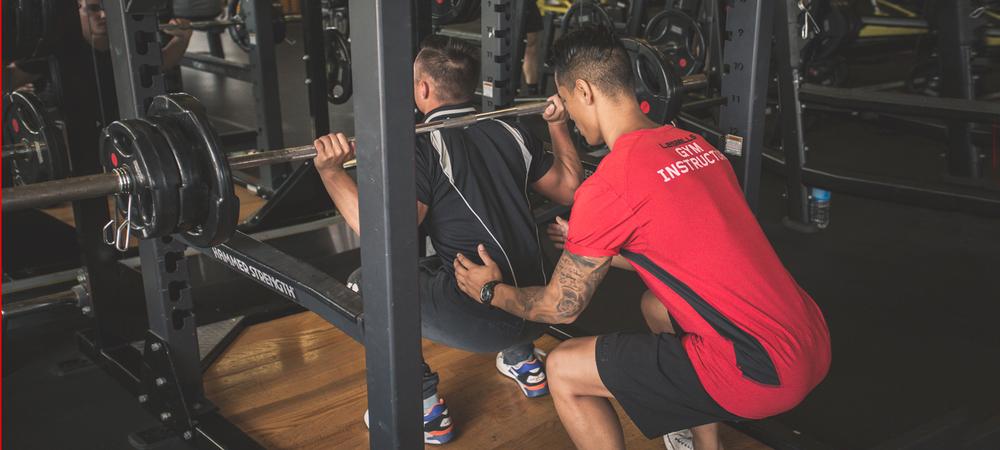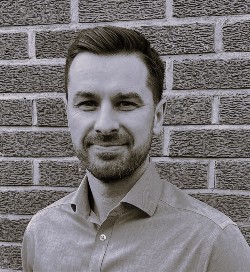It’s been said that Apple reigns supreme when it comes to customer service, having elevated the art of looking after its customers into a science. So I felt it was worth some digging when I discovered that, in New Zealand, health clubs’ Net Promoter Scores (NPS) are soaring above those of operators in other markets, on a par with the likes of Apple and Amazon.
NPS forms an integral part of the Exercise Association of New Zealand’s Awards process – one of the most rigorous award processes I’ve seen across the globe. Leisure-net carries out online NPS surveys with each club that enters and their NPS contributes a significant part of their overall score.
The average New Zealand NPS score is 70 per cent – more than double that of the average UK health club or leisure centre at just 34 per cent. It’s also significantly higher than other countries around the world, including the US, where the average is around 43 per cent.
Across the 80 clubs that took part in the 2016 awards process, the NPS scores ranged from 32 per cent to a staggering 100 per cent (see Figure 1).
So why do New Zealand health clubs regularly achieve an NPS more than double their UK counterparts? It’s a question I continually ask – and I think we finally have some answers.
One size does not fit all
Further analysis of the New Zealand scores shows a significant difference between small, medium and large clubs, with smaller clubs (fewer than 500 members) scoring an average of 92 per cent – probably due to the service being more personal and individual, and the staff having a closer and more direct relationship with customers. Medium clubs score 66 per cent and large clubs achieve 60 per cent (see Figure 2) – still a lot better than for equivalent sized clubs in the UK.
It’s a phenomenon we’ve also witnessed in the UK market. A research project for Places for People Leisure, which manages more than 100 centres across the UK – within which it has small, medium and large membership bases – demonstrated that the smaller the centre, the easier it is to achieve a higher NPS.
So the relatively small size of health clubs in New Zealand – where there are very few clubs with more than 1,500 members and only one or two large chains – no doubt plays an important role when it comes to favourable NPS scores.
A classic example of a small, personal studio with less than 500 members – typical of the New Zealand market – is award winner Imagine Fitness, which scored the highest NPS in the New Zealand 2016 awards: an impressive 100 per cent.
Imagine Fitness Personal Training Studio is a small exercise facility where members train by appointment only. Most clients receive one-to-one attention from a REPs-registered trainer, as owner James Davies explains: “This enables us to develop a great relationship with our members and to motivate them to keep attending. Our group training sessions are limited to six people, so we get to speak to members individually and to look after any specific needs they may have. All our trainers know all of our clients’ names and many of our clients know each other too, making visiting the studio a very personal experience.”
Getting personal
But are there other differences between the two countries’ clubs that could explain the gaps in the average NPS? And what can the UK learn from New Zealand operators?
One winner at the New Zealand Exercise Association Awards 2016 was ABSolute Health and Fitness. The club, which scored an impressive 91 per cent NPS, has 700 members and is a community gym in a poorer part of Dunedin – a city in the South Island of New Zealand.
Generally, personal training is a more significant part of the member experience in New Zealand than in the UK. In addition, the standard of personal trainers in New Zealand is exceptionally high, and compared to the UK the trainers are much more valued, with many having a real sense of belonging and standing within their local communities.
ABSolute Health and Fitness director Richard McKinley therefore keeps a close eye on the number of members training with PTs at least once a week: “More than a third of our members (35 per cent) currently train with PTs at least once a week. We work tirelessly to grow this number, because members who stop coming or drop out are the ones who aren’t engaged with a trainer – the people who aren’t accountable and aren’t seeing results. Hiring the right people – those who aren’t shy to start a conversation with anyone, despite differences in age, gender and goals – is the key to engagement in my gym.”
This focus on personal training across most clubs in New Zealand could be part of the reason their NPS scores are so high, along with the importance and quality of group exercise. Being the home of Les Mills, the entire marketplace has a strong understanding of the role that a good, balanced group exercise programme, led by motivational and technically strong instructors, can have on member retention.
Building a community
One final example of best practice comes from Les Mills in Christchurch, New Zealand – a large club with 4,600 members, which scored 83 per cent in its NPS evaluation. The circumstances surrounding its high NPS are unusual and not replicable by other operators, but there are still valuable lessons to learn from its approach to staffing, community-building and member relations.
Club manager Nic Theaker explains: “The connection we have with many of our members, who have been with us since before the earthquakes in 2011, is unique. The way the city pulled together, and the part the club played in this, gives us a special relationship with our customers.”
Being located in the ‘red zone’ of the central city that was cordoned off, the club was forced to close post-quake, but was able to open a temporary site to offer members the chance to continue training. When the red zone re-opened, Les Mills was the first business to get going again and staff worked right up to opening time to ensure the gym was clean and tidy. The building was even given a Maori blessing before members came back for the first time post-quake.
“The work the staff put in – and the fact that we continued to provide some stability and normality in what was a very disjointed and distressing time for so many members – has enabled us to form a really strong sense of community and belonging,” continues Theaker.
Les Mills is in an area of the city that’s only now returning to business as usual, and as such is effectively still a destination club. The management team are conscious of the fact that members inevitably have to go out of their way, and often endure roadworks and detours, to visit.
“We’ve worked hard to offer the wow factor every time members come in,” says Theaker. “The staff do an excellent job of making everyone feel a part of the club. Our facilities are second to none in the city, but it’s the attitude, friendliness and positivity of the staff that makes the real difference.
“Our own satisfaction survey tells us we have the most highly rated gym floor team and group fitness team of all the Les Mills clubs: our Group Fit scores over 90 per cent satisfaction. Our experienced and knowledgeable team of instructors play a key role in keeping participants working hard and engaged with the club.”
In addition, to keep that relationship with members strong, the team at Les Mills Christchurch organise community-building events ranging from a members-only party at year end, to sharing cake and bubbles when the club hits certain milestones.
Member engagement
One person with a unique perspective is Kris Tynan, head judge of the New Zealand Exercise Association Awards and an industry veteran in both the UK and New Zealand.
“It isn’t rocket science,” she says. “Many clubs in the UK talk a lot about how they communicate with their customers, and write it up in their manual, but then do an ostrich impression around whether member engagement is actually happening or not. Sadly, many times it’s not.
“It all starts with who you hire for your front line. If you don’t get that right, you’re behind from the outset.”
While the UK is arguably a more mature market, nevertheless operators could learn much from their colleagues ‘down under’ in terms of employment and training of key staff, and the use of PTs and group exercise to engage members.


























































